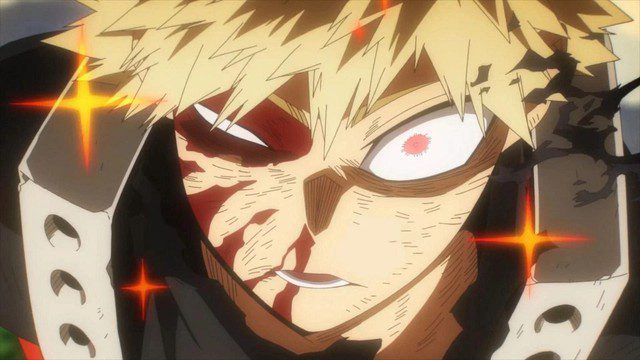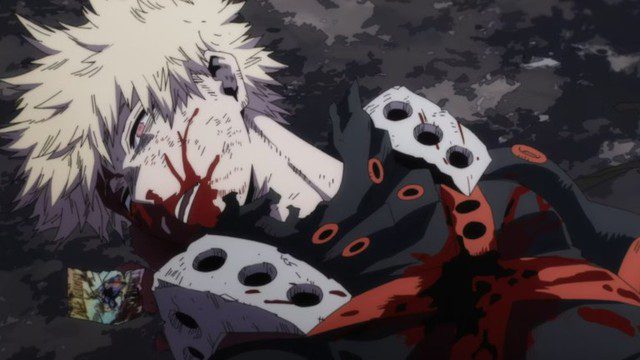Fans of My Hero Academia are undoubtedly still haunted by the moment when Katsuki Bakugo was caught off guard by Tomura Shigaraki during the final battle between the heroes and villains. However, a recent revelation from the series’ creator, Kohei Horikoshi, has left many people surprised: it turns out that Bakugo’s “death” and subsequent resurrection had been planned by the author for quite some time.
Although the manga My Hero Academia officially concluded last summer, the story continues to expand with new content. In his recently released book, “Ultra Age,” Horikoshi shared intriguing background information about the creative process of the series, particularly highlighting some pivotal moments. One of the key points is Bakugo’s death.

The Creator of My Hero Academia Wanted to Kill and Resurrect Bakugo
According to details shared on the Twitter account @aitaikimochi, Kohei Horikoshi had initially planned for Bakugo to die and then be resurrected. The intent behind this action was to clearly depict the overwhelming strength of Shigaraki, which had been achieved during the final battle. Horikoshi even mentioned that he contemplated the idea of a “time skip” in the storyline, allowing Bakugo to fully return. The editor, while supportive, still expressed concerns about the potential backlash from fans.
Notably, Horikoshi also referenced feedback from various editorial staff regarding emergency revival methods for someone who had suffered a critical injury, emphasizing the necessity for immediate action. This led him to construct a scenario where Edgeshot would perform heart surgery on Bakugo in the most realistic way possible using his Quirk. The supporting narrative throughout the year leading up to Bakugo’s resurrection demonstrated the success of this character’s development.

Why Did Bakugo Have to “Die” in My Hero Academia?
Horikoshi’s decision to “kill off” Bakugo was aimed at enhancing the dramatic tension surrounding Shigaraki’s impending threat, which became palpable in the final arc of My Hero Academia. At that critical moment, the hero team was facing significant losses, creating a sense of despair as they struggled against the overwhelming might of their adversaries.
Although several characters were unable to participate in the fights, the storytelling remained compelling for readers, especially before Deku could finally join the fray. Bakugo’s death raised the stakes significantly, making Shigaraki a more formidable threat and suggesting that no character was truly safe. This added to the emotional weight of Deku’s role, amplifying the tension and the stakes of the story.
Ultimately, despite only being absent for a few moments in the grand scheme of the final battle, the character of Bakugo had to endure a year-long wait before achieving a true resurrection. It’s evident that Horikoshi crafted a powerful narrative that resonated deeply with fans.
Source: Comicbook





















